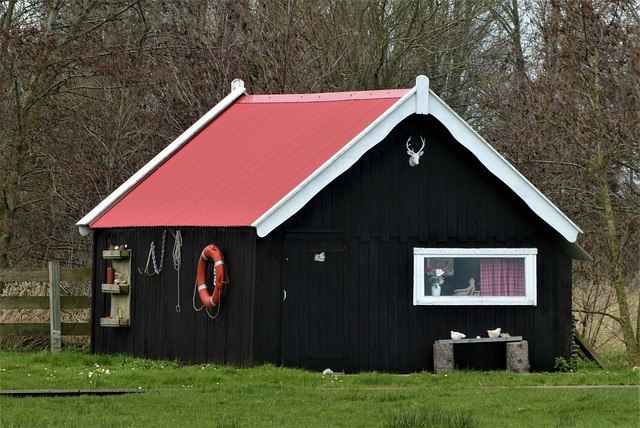Wood shed kits have become a popular choice for homeowners looking to add storage space to their backyards. These DIY kits contain all the necessary materials and instructions for building a small outdoor shed made of wood. However, as we become more aware of the environmental impact of our actions, it is essential to consider the sustainability of our choices, including the use of wood sheds.
The Demand for Wood Shed Kits
Wood shed kits have gained popularity due to their convenience and affordability. They come in various sizes and styles, making them suitable for a wide range of needs. Additionally, as DIY projects, they offer homeowners the satisfaction of building something with their own hands. However, this demand for wood shed kits also has a significant impact on the environment.
The Environmental Impact of Using Wood
The primary material used in wood shed kits is, of course, wood. While it may seem like a sustainable material, there are certain factors to consider when looking at its environmental impact. First and foremost, trees are a vital part of our ecosystem, providing us with oxygen, absorbing carbon dioxide, and supporting diverse wildlife. However, the demand for wood products, including wood shed kits, has led to deforestation and habitat loss in many parts of the world.
Additionally, the production of wood and its transportation also have a significant impact on the environment. The processing of raw logs into usable lumber requires energy and resources, leading to carbon emissions. Moreover, the transportation of wood from its source to the manufacturing plant and then to retailers adds to the carbon footprint.
Sustainable Practices
Fortunately, there are ways to mitigate the environmental impact of using wood shed kits. First and foremost, it is essential to choose sustainably sourced wood. This means opting for lumber that comes from responsibly managed forests or has been certified by organizations such as the Forest Stewardship Council (FSC). These certifications ensure that the wood comes from responsibly managed forests and does not contribute to deforestation.
Another sustainable practice is to choose locally sourced wood. By purchasing wood from local suppliers, the transportation distance is reduced, thereby reducing the carbon emissions associated with its production and distribution. Moreover, supporting local businesses also benefits the local economy.
Additionally, it is crucial to properly maintain and care for your wood shed kit once it is built. This not only increases its lifespan but also reduces the need for frequent replacements, ultimately reducing the demand for new wood products.
Alternative Materials
While wood may be a popular choice for shed kits, there are also sustainable alternatives available. These include metal sheds made from recycled materials and plastic sheds made from recycled plastic. These options not only reduce the demand for new wood but also make use of existing materials that would otherwise end up in landfills.
Conclusion
In conclusion, while wood shed kits offer convenience and affordability, it is essential to consider their environmental impact. By choosing sustainably sourced wood, supporting local businesses, and properly maintaining your shed, you can reduce the negative effects on the environment. Additionally, considering alternative materials can also be a sustainable option. As consumers, we have the power to make responsible choices that not only benefit us but also contribute to a healthier and more sustainable planet. So next time you need a backyard shed, remember to consider the sustainability practices involved in its production and make an informed decision. Whether it be choosing a sustainably sourced wood shed kit or opting for alternative materials, every action towards sustainability makes a difference.
Related Post:







